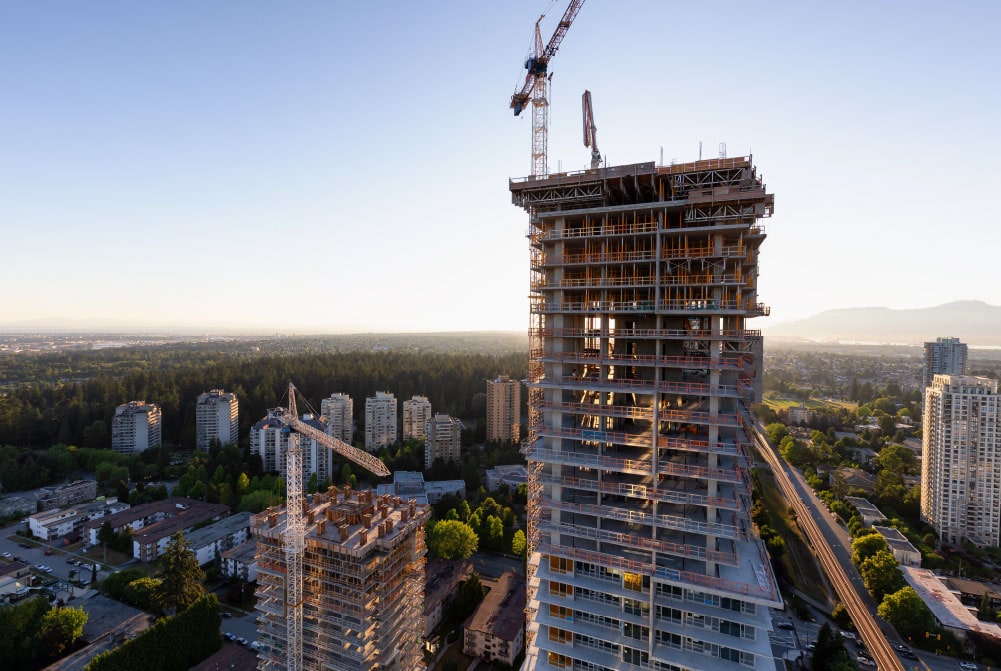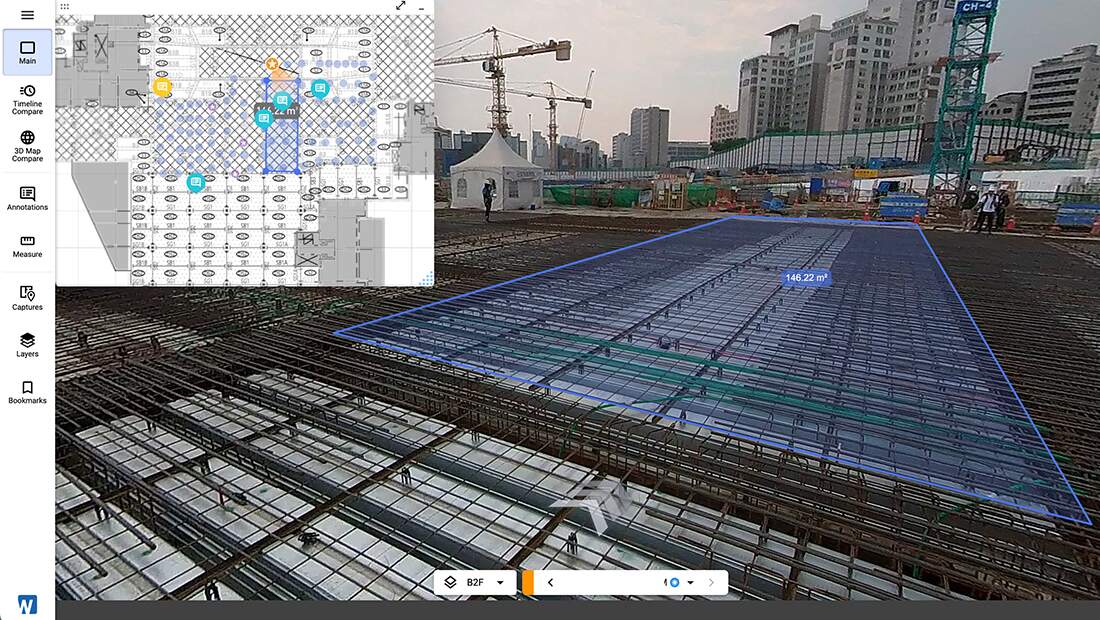
High-rise, mixed-use residential construction is a multifaceted process requiring the integration of design, engineering, and urban planning while meeting the demands for sustainability, safety, and functionality. Digital twins are transforming the way residential construction projects are designed, managed, and maintained. Cupix provides cutting-edge 3D visualization software that creates dynamic digital twins, offering unparalleled insights into every phase of residential construction. Request a demo to explore how our residential solutions can bring efficiency, precision, and sustainability to your projects.

